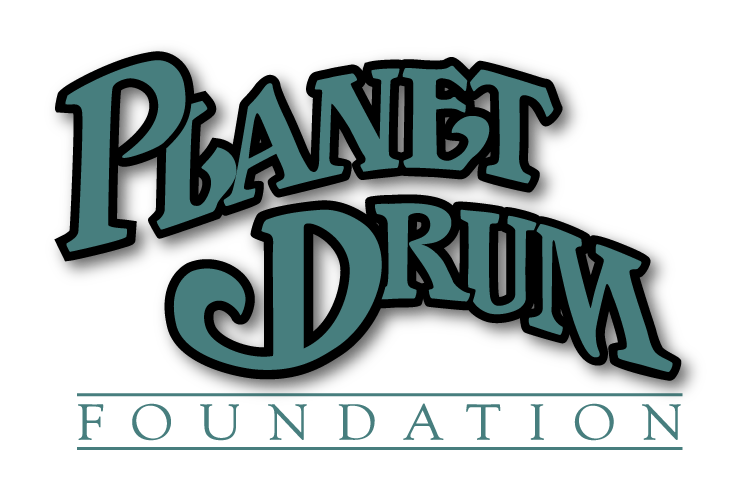Ramon’s Weekly Report #3
Bioregionalism Education
Summer Session, 2008
May 14 & 16, 2008
We met in the city’s central Manuel Nevarez Park as usual on Wednesday. The objective of this class was for each student to draw their own map from scratch of what they think the Bahía bioregion looks like.

I began by asking the students questions about what composes a bioregion. I asked Joao to name a characteristic of bioregion. She replied, “The flora.” Estefano said “The fauna and the soil.” Carlos David said “The landscape and watersheds.” And Gustavo said “The climate.” Once we had named all the characteristics from memory, we opened up our booklets to work.
To draw the map we started by marking the cardinal point, North, on a sheet of paper. I asked the students where the sun rises and where the sun sets to determine East and West, and from there estimate the direction North. Once the students had identified these points, they quickly began drawing out their bioregional maps.
After finishing their maps, we all came to some conclusions about our region, including identifying all of the bioregional characteristics in each map.We ended class with a game called “The Crab” where pairs of kids raced each other with two of their feet tied together.
On Friday we took a long, circular hike from Bahia to the suburb of Leonidas Plaza along Río Chone, over a hill to the ocean and returned back to Bahia along the beach. We were joined by bioregional alumni Alan and Mathew. Before leaving I told the kids that I had been informed that a seal was recently spotted at Punta Bellaca along the beach where we were headed and if we were lucky, we’d get to see it.

As we walked, we identified local tree species: Ceibo, Moyuyo, and Bototillo, among others. We saw watersheds in the hillsides. From the hilltop we climbed over to head to the beach, and we could look back and see how all of the smaller sheds eventually lead to the estuary of Río Chone.

Once we reached the beach, we observed the ocean. Gustavo spotted something moving in the water and asked what it was. I told him it was a school of fish swimming by. Often times Dolphins follow these fish in hopes of catching some food.
The kids played games on the beach and also rested from all the walking. Then we continued our tour.
We saw more watersheds draining directly to the beach. Frank identified exposed soil in the cliffside. The students took one last photo on the beach before walking back into Bahia. Before dispersing to their houses, I left them with some homework, drawing another map, this time of a miniature bioregion, based on the neighborhood they live in.

– Ramon
Translated by Clay.

Thanks for sharing. I read many of your blog posts, cool, your blog is very good.